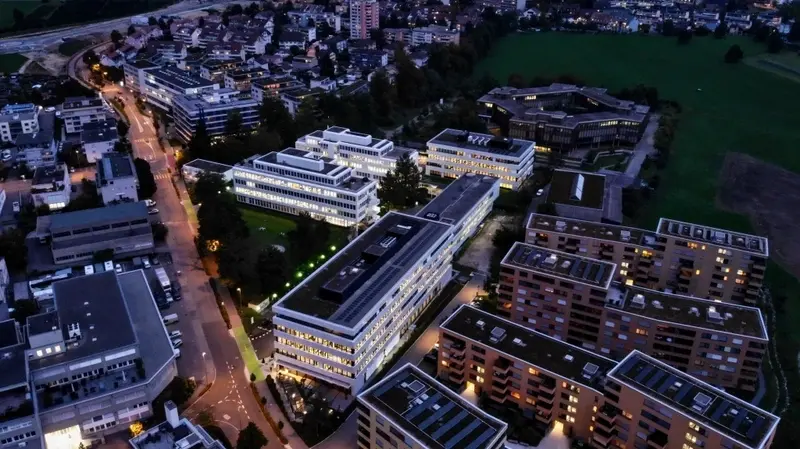
Like much of the mining sector, Glencore (GLEN) is seeing a drop in its production thanks to Covid-related staffing issues as well as operational and supply chain problems.
However, today’s first quarter update showed the benefits of the company’s unique business model as its large commodities trading operation came up trumps against a volatile market backdrop.
This helped lift the stock 1.1% to 485p and repair a little of the damage done to the share price in recent weeks as the market weighs the impact on metals demand from Chinese lockdown measures.
The company reported output for the first three months of 2022 which was in line with expectations but reduced guidance for copper output from 1.15 million to 1.11 million tonnes, down from 1.19 million tonnes in 2021.
Glencore also cut its annual cobalt production target from 48,000 tonnes to 45,000 tonnes - though this still represents a significant increase on the 31,300 tonnes delivered last year.
A slower-than-expected ramp up at its Zhairem project in Kazakhstan also sees full-year production guidance for zinc cut by 9% to 1.01 million tonnes.
MARKETING DIVISION PERFORMING STRONGLY
However the company’s trading or marketing division - which physically sources commodities and products from a diversified base of global suppliers and transports these commodities by sea, rail and truck, storing, processing and delivering them according to the specifications of its customers - is doing really well.
Glencore CEO Gary Nagle said: ‘Our marketing activities were supported during the quarter by tight physical market conditions and periods of extreme volatility.
‘Extrapolating our Q1 performance would see our marketing segment's full-year earnings comfortably exceeding the top end of our long-term adjusted EBIT (earnings before interest and tax) guidance range of $2.2 to $3.2 billion per annum.’
Glencore faces a potentially bruising AGM later today with a potential defeat looming on its climate progress plan.




